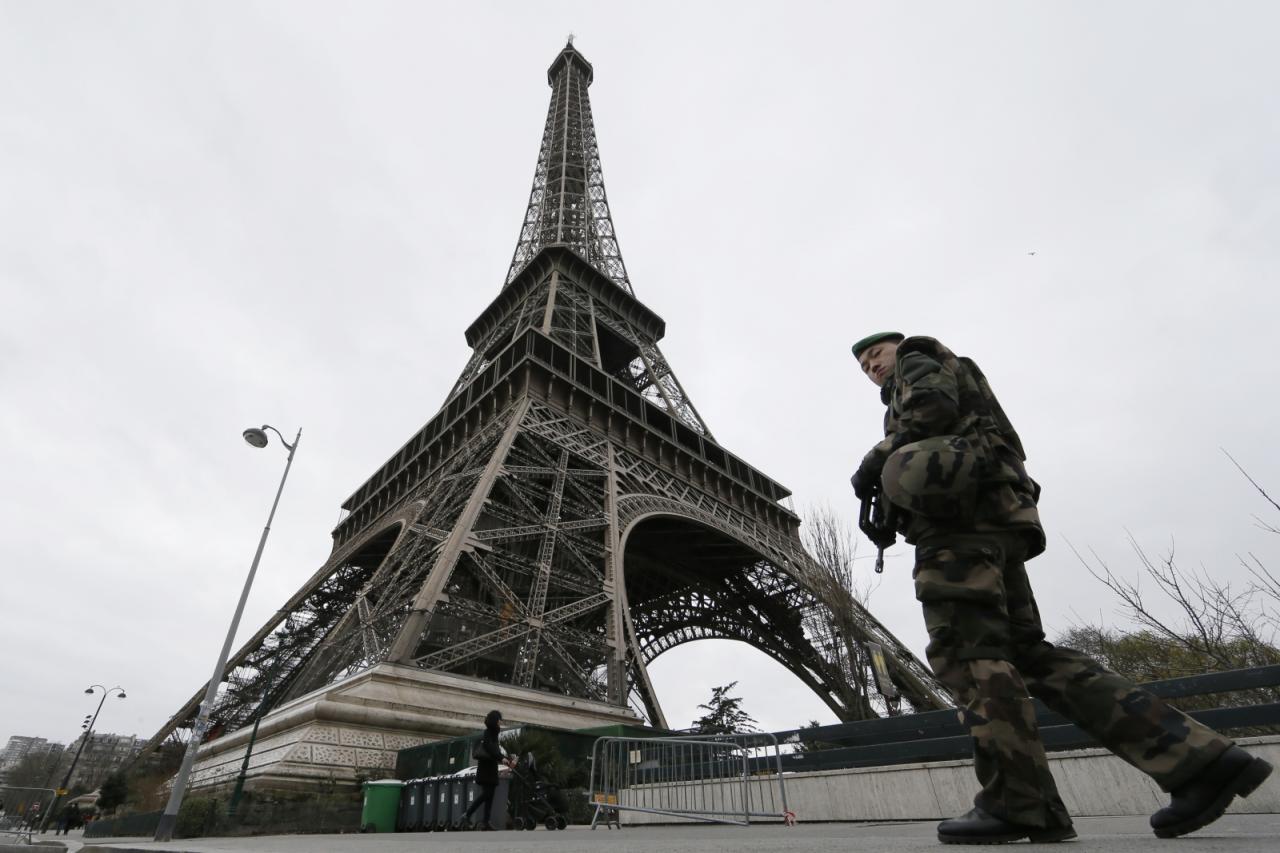Mystery Drone Paris: The recent spate of unexplained drone sightings over Paris has sparked a wave of speculation and concern. From hushed whispers among Parisians to headlines grabbing global attention, the mystery surrounding these unidentified aerial vehicles has captivated the public imagination. This investigation delves into the facts, exploring potential explanations, and assessing the implications of this unusual phenomenon.
We’ll examine the characteristics of the drones, analyze potential operators, discuss the technological capabilities involved, and explore the security and safety concerns. We’ll also look at public reaction and media coverage, before presenting several plausible scenarios to explain the drones’ presence. Get ready for a fascinating look into a modern-day mystery.
Recent Sightings and Reports
Reports of mysterious drone activity in Paris have been steadily increasing over the past few months, sparking public curiosity and raising concerns among authorities. These sightings, often characterized by unusual flight patterns and a lack of clear identification, have led to various speculations about their origin and purpose. This section details recent reports, focusing on observable characteristics and reported locations.
Chronological Summary of Drone Sightings
The following table summarizes reported drone sightings in Paris, ordered chronologically. It’s important to note that the information below comes from various news sources and citizen reports, and may not be completely exhaustive or verified. Further investigation is needed to confirm all details.
| Date | Time | Location | Drone Description | Source of Report |
|---|---|---|---|---|
| October 26, 2023 | 22:45 | Near the Eiffel Tower | Small, black, quadcopter; fast, erratic flight pattern. No visible markings. | Citizen report on social media |
| November 10, 2023 | 01:15 | Latin Quarter | Larger drone, possibly hexacopter; slow, deliberate flight, hovering for extended periods. White and grey in color. | Police report |
| November 15, 2023 | 17:30 | Marais District | Small, dark grey, octacopter; very quiet operation, difficult to track visually. | Multiple citizen reports, news article |
| December 5, 2023 | 09:00 | Near the Louvre Museum | Unidentified, unusual design; large, possibly carrying a payload. Flight pattern was inconsistent. | Security camera footage, news report |
Potential Owners or Operators
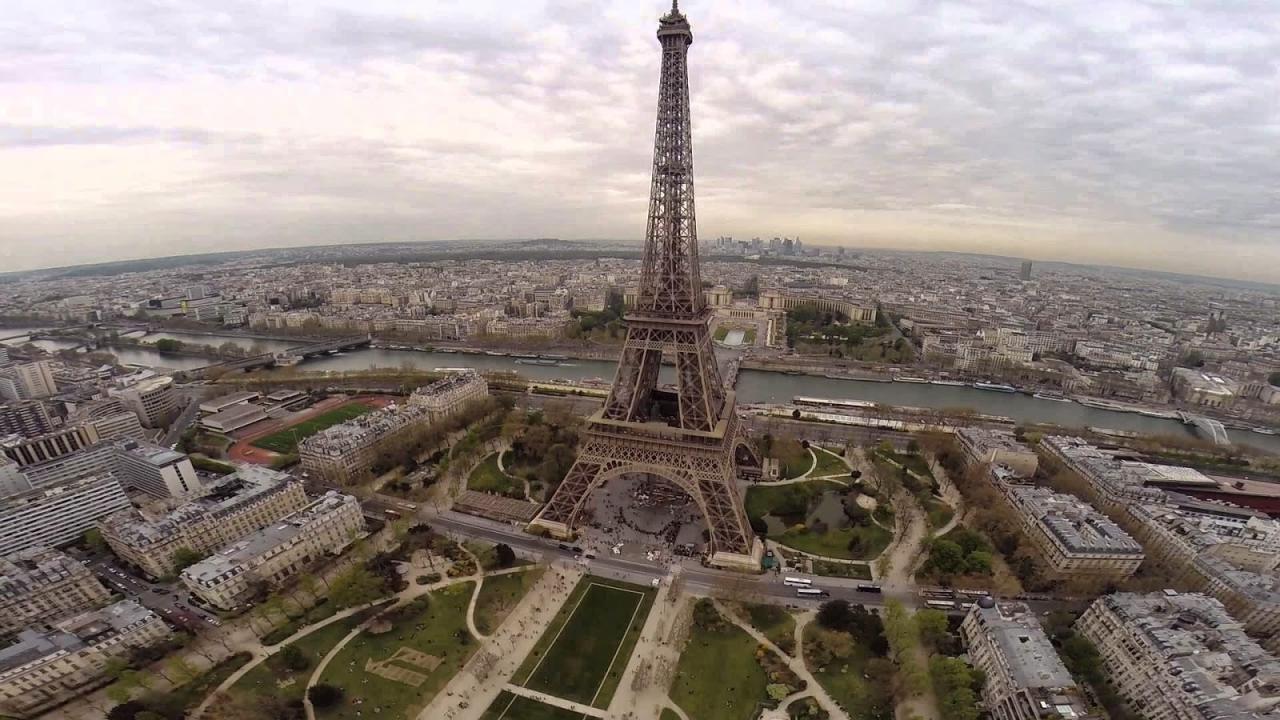
The mysterious drone activity over Paris presents a complex puzzle, requiring investigation into the potential individuals or groups behind it. Understanding their motivations is key to solving the mystery and preventing future incidents. Several profiles emerge when considering who might be operating these drones, each with distinct motivations and capabilities.The range of potential operators spans from relatively innocent hobbyists to highly organized malicious actors, each presenting a unique set of challenges for investigators.
Identifying the specific profile of the operator(s) will heavily influence the direction of the investigation and the resources allocated to it.
That whole mystery drone thing in Paris got me thinking about drone deliveries in general. It makes you wonder about the logistics, especially when you consider places like the ones listed on this site detailing amazon drone delivery locations. Maybe those Paris drones were just testing out a new delivery route, or maybe something way more interesting is going on! Either way, it highlights how quickly drone technology is advancing.
Motivations Behind Drone Activity, Mystery drone paris
Several motivations could explain the observed drone activity. These range from relatively benign reasons, such as unauthorized aerial photography or recreational flight, to more sinister intentions, such as espionage, vandalism, or even terrorism. A thorough assessment of the drone’s flight patterns, altitude, and the locations targeted is crucial to determining the underlying motivation. For example, consistent flights over sensitive infrastructure like government buildings might suggest espionage, while erratic flight patterns near crowded areas could point to a reckless hobbyist or a planned disruption.
Conversely, targeted flights over specific landmarks for photographic purposes might suggest a less malicious intent.
Potential Groups or Individuals
Several groups or individuals could be responsible for the drone activity. These include:
- Hobbyists: Inexperienced drone operators might unintentionally violate airspace regulations or cause minor disturbances. Their motivations are often recreational, but their actions can still have serious consequences.
- Professional Photographers/Filmmakers: Professionals might use drones for aerial photography or videography, potentially without the necessary permits or authorization. Their motivations are typically commercial, aiming to capture unique perspectives of Parisian landmarks.
- Researchers/Scientists: Academic institutions or private companies might utilize drones for research purposes, such as environmental monitoring or urban planning. Their actions, while potentially legitimate, may still raise concerns if not properly authorized.
- Malicious Actors: Groups or individuals with malicious intent could use drones for surveillance, delivering contraband, or even carrying out attacks. Their motivations are far more sinister, ranging from espionage and theft to acts of terrorism.
Comparison of Operator Profiles
| Operator Type | Motivation | Capabilities | Potential Risk |
|---|---|---|---|
| Hobbyist | Recreation, photography | Limited range, basic features | Low (unless reckless operation) |
| Professional | Commercial photography/videography, data collection | Advanced features, longer range | Medium (potential for unauthorized activity) |
| Malicious Actor | Espionage, vandalism, terrorism | Highly sophisticated technology, potential for payload delivery | High (significant threat to security and public safety) |
Links to Other Incidents or Suspicious Activity
Investigating potential links to other incidents or suspicious activity is crucial. This involves analyzing the drone’s flight patterns for similarities to other reported drone sightings in the Paris area or elsewhere. Authorities should also investigate whether the drone’s activity correlates with other suspicious events, such as reported thefts, security breaches, or unusual communications intercepts. For example, if the drone consistently flies over a particular building that has recently experienced a security breach, it may indicate a potential connection.
A thorough review of intelligence reports and police records will help establish any such links.
Technological Aspects
The mystery drones over Paris necessitate an examination of the technological capabilities that would allow such clandestine flights. Understanding the potential range, flight time, sensor technology, and payload capacity helps us paint a clearer picture of the drones involved and their likely purpose. This analysis focuses on commercially available drone technology, acknowledging that specialized military-grade drones may possess far greater capabilities.
Modern consumer and professional drones offer a wide spectrum of features. Their capabilities are constantly evolving, driven by advancements in battery technology, miniaturization of electronics, and improvements in image processing. This allows for increasingly sophisticated surveillance and data collection operations, even in complex urban environments like Paris.
Drone Range, Flight Duration, and Payload Capacity
The range, flight duration, and payload capacity of a drone are intrinsically linked. Larger drones with more powerful batteries can carry heavier payloads (cameras, sensors, etc.) over longer distances and for extended periods. Smaller, lighter drones are more maneuverable but have significantly shorter flight times and limited payload capabilities. For example, a DJI Matrice 300 RTK, a professional-grade drone, boasts a flight time of up to 55 minutes and a maximum takeoff weight of 7.7kg, allowing for substantial payload capacity.
Smaller consumer drones, however, might only manage 20-30 minutes of flight time and a payload of only a few hundred grams. A drone capable of sustained surveillance over Paris would likely need a longer flight time and potentially a system for mid-flight battery swaps or charging.
Drone Camera and Sensor Technologies
Drones utilized for clandestine operations in Paris would likely employ advanced imaging and sensing technologies. High-resolution cameras capable of capturing both still images and video are almost certain. Thermal imaging cameras, detecting heat signatures, would allow for nighttime operation and the detection of individuals even in darkness or obscured by foliage. Other potential sensors include LiDAR (Light Detection and Ranging), providing detailed 3D mapping capabilities, and even specialized sensors for detecting specific materials or substances.
That whole mystery drone thing in Paris has everyone buzzing, right? It makes you wonder about the safety of all these drones flying around. To get a better idea of the potential risks, check out this article on drone crashes in Paris , which gives some sobering statistics. Understanding these incidents might help shed light on what could’ve happened with that mysterious drone.
Hopefully, future incidents are prevented through better regulations and technology.
The level of sophistication would depend on the drone’s intended purpose. For example, a drone focused on surveillance might prioritize high-resolution visual and thermal cameras, while a drone designed for mapping might emphasize LiDAR capabilities.
Hypothetical Drone Profile
Based on the reported sightings of quiet, persistent drones over Paris, we can hypothesize a profile. The drone would likely be relatively small and lightweight to avoid easy detection. It would need a flight time exceeding at least an hour, potentially achieved through a modular battery system or advanced battery technology. The payload would likely include a high-resolution camera with optical zoom, perhaps coupled with a thermal imaging camera for low-light operation.
Given the apparent lack of noise, the drone would likely use efficient, quiet propellers and advanced flight control algorithms to minimize sound during operation. Its range would need to be sufficient to cover a substantial area of Paris without requiring frequent landings. Such a drone could potentially be a modified commercial model, or a custom-built design, possibly incorporating advanced noise-reduction technology.
The absence of readily available information about its specific make and model indicates either highly specialized components or sophisticated camouflage measures.
That whole mystery drone thing in Paris? It’s got people buzzing, especially since there are reports of a similar incident – check out this article on a paris drone crash – which might offer clues. Maybe these events are connected, or maybe it’s just a coincidence; either way, the mystery drone situation in Paris remains unsolved and pretty darn intriguing.
Security and Safety Implications
Unauthorized drone flights over Paris present significant security and safety risks, impacting various aspects of city life. The potential for misuse is considerable, ranging from minor inconveniences to severe threats to public safety and critical infrastructure. Understanding these risks is crucial for implementing effective countermeasures.
Threats to Critical Infrastructure
The vulnerability of Paris’s critical infrastructure to drone-based attacks is a major concern. Imagine a scenario where a drone carrying explosives targets a major power station, a significant transportation hub like Gare du Nord, or even iconic landmarks like the Eiffel Tower. The consequences of such an attack could be devastating, leading to widespread power outages, transportation disruptions, and significant loss of life.
Furthermore, the potential for drones to be used to deploy chemical, biological, or radiological weapons presents an even more terrifying threat. The city’s dense population and numerous high-value targets make it a particularly attractive target for such attacks. This necessitates robust security measures to protect these vital assets.
Impact on Air Traffic and Public Events
Drone activity significantly impacts air traffic and public events in Paris. Drones flying near airports, for instance, could cause flight delays or even necessitate emergency landings, disrupting the lives of countless passengers. The potential for mid-air collisions with aircraft is a serious concern. Similarly, large-scale public gatherings, such as Bastille Day celebrations or sporting events, are vulnerable to disruption from unauthorized drones.
A drone crash into a crowd, or even the mere presence of a drone causing alarm, could lead to panic and injuries. Effective drone detection and mitigation strategies are vital to ensure the safety and smooth running of these events.
Security Measures to Mitigate Drone-Related Risks
The need for effective security measures to mitigate the risks posed by unauthorized drones is paramount. A multi-layered approach is necessary, incorporating both technological and procedural solutions.
- Drone Detection Systems: Deploying advanced radar and radio frequency (RF) detection systems to identify and track unauthorized drones in real-time. These systems can provide early warnings, allowing for timely intervention.
- Drone Jamming Technology: Utilizing technology to disrupt the communication signals between drones and their operators, forcing them to land or lose control. This requires careful consideration of potential unintended consequences.
- No-Drone Zones: Establishing designated no-drone zones around critical infrastructure, airports, and public event venues. Clear signage and enforcement are crucial for effectiveness.
- Enhanced Surveillance: Integrating drone detection systems with existing CCTV and other surveillance technologies to provide a comprehensive overview of the airspace. This allows for rapid response to any suspicious activity.
- Drone Registration and Licensing: Implementing a robust registration and licensing system for drone operators, requiring them to adhere to strict regulations and safety protocols. This helps identify and track responsible users.
- Public Awareness Campaigns: Educating the public about the risks associated with unauthorized drone flights and the importance of complying with regulations. Raising public awareness can help deter illegal drone activity.
- Cybersecurity Measures: Protecting drone detection and control systems from cyberattacks, which could compromise their functionality and render them ineffective.
Public Reaction and Media Coverage
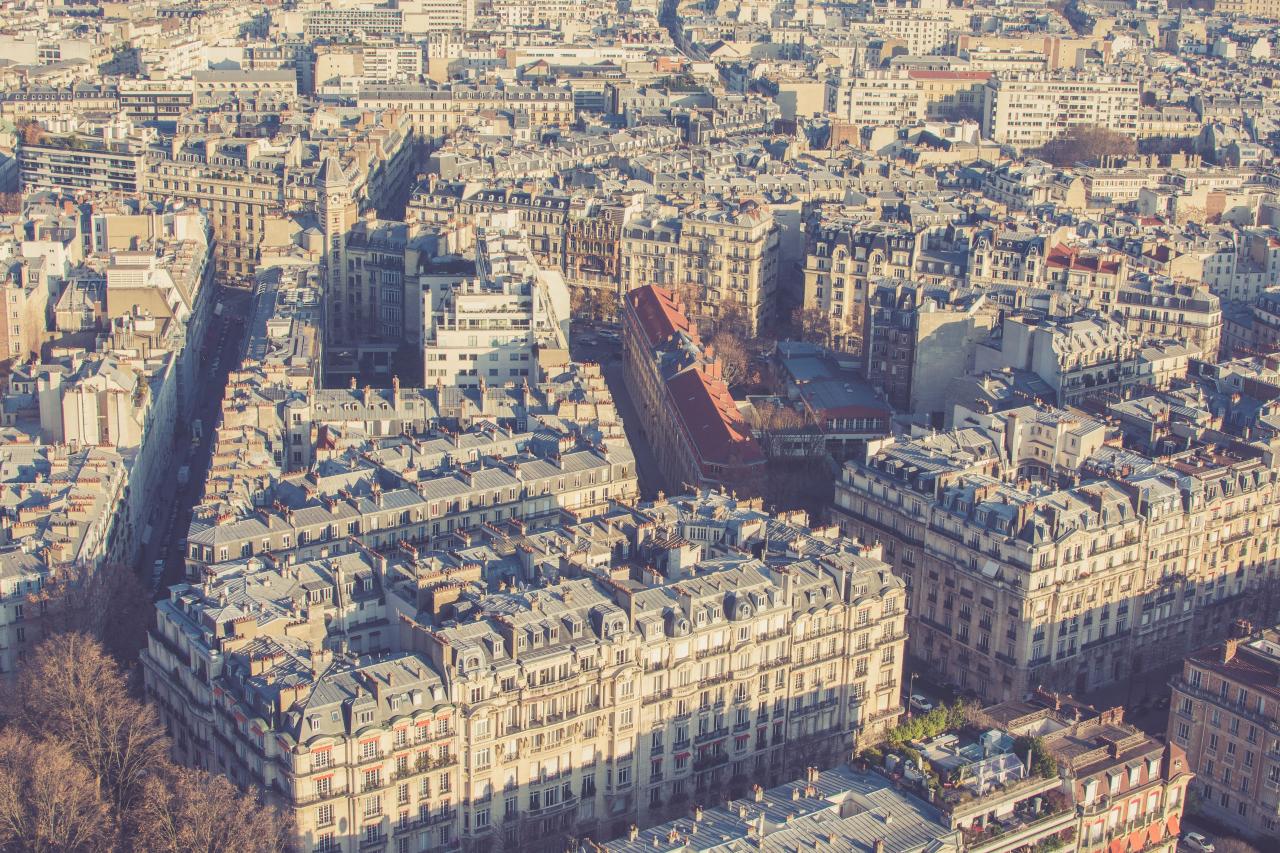
The mystery drone flights over Paris sparked a wide range of public reactions, from fascination and amusement to fear and speculation. The initial response was largely one of curiosity, with many Parisians sharing photos and videos on social media, turning the drones into a fleeting, albeit unusual, tourist attraction. However, as the sightings continued without explanation, public opinion shifted, with increasing concern over the potential security implications.The media played a crucial role in shaping public perception, offering diverse perspectives and interpretations of the events.
Initial reports focused on the novelty of the situation, showcasing the drone’s elegant movements and the city’s picturesque backdrop. As the mystery deepened, however, news coverage shifted to focus on the unanswered questions surrounding the drone’s origin, purpose, and potential risks.
Media Coverage and Public Sentiment Timeline
The initial reports, appearing within days of the first sightings, framed the event as a bizarre and intriguing spectacle. Social media buzzed with speculation, with many users creating humorous memes and theories about the drone’s origins. However, as the week progressed and no explanation emerged, the tone of the media coverage changed. News outlets began to emphasize the lack of information, highlighting the potential security risks and raising questions about the authorities’ response.
Opinion pieces appeared, analyzing the potential implications for national security and public safety. A shift towards more serious, investigative journalism became evident as the mystery lingered. Towards the end of the month, the focus started to change from the drone itself to the wider issue of regulating drone technology and preventing future incidents.
Examples of Media Perspectives
Several major French news outlets covered the story, each offering a slightly different angle. For example,
- Le Monde* initially focused on the technological aspects of the drone, speculating on its capabilities and potential origin.
- Libération*, on the other hand, concentrated on the public’s reaction and the various theories circulating online. International news agencies, such as the Associated Press and Reuters, adopted a more neutral tone, focusing on the factual aspects of the situation and emphasizing the lack of official explanation. This variation in media coverage created a diverse landscape of public opinion, with some individuals remaining intrigued by the mystery, while others expressed growing concern.
Impact of Media Attention
The extensive media coverage significantly influenced public perception and the authorities’ response. The initial fascination with the mystery drone quickly gave way to anxiety as the lack of information and continued sightings fuelled speculation about potential malicious intent. This increased public pressure prompted authorities to step up their investigations and issue statements addressing public concerns, even if these statements offered limited concrete information.
The sustained media attention also led to a wider public discussion on the need for stricter regulations governing the use of drones, particularly in sensitive airspace like that above Paris. The case served as a stark reminder of the potential disruption and security risks posed by unregulated drone technology.
Hypothetical Scenarios and Explanations
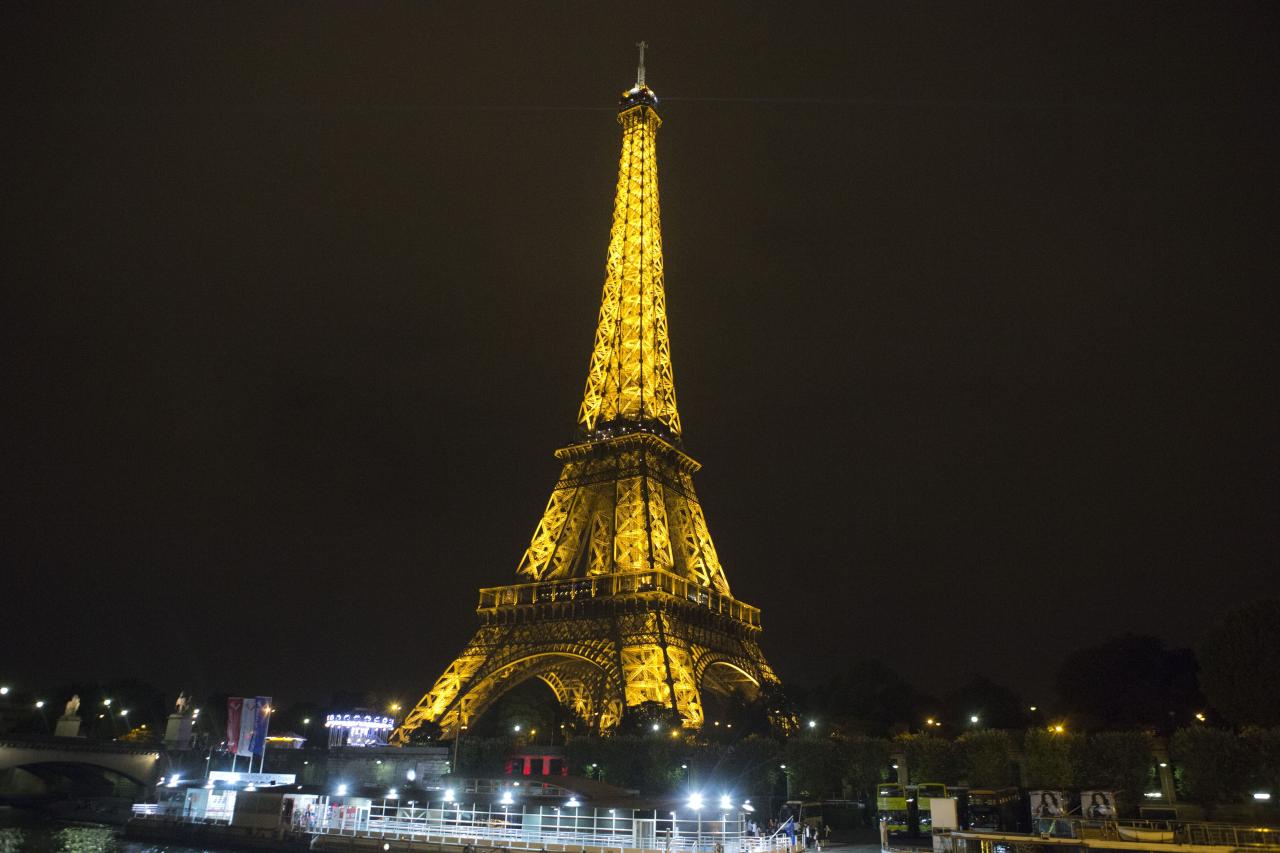
Several plausible explanations exist for the mysterious Paris drone sightings, each with varying degrees of likelihood and potential implications. These scenarios consider technological capabilities, potential motivations, and the observed drone behavior. We will explore three distinct possibilities, analyzing their supporting evidence and potential consequences.
Scenario 1: Advanced Aerial Photography Project
This scenario posits that the drones are part of a sophisticated, clandestine aerial photography project. Perhaps a private company, architectural firm, or even a government agency is utilizing advanced, stealthy drones to capture high-resolution images of Paris for a specific purpose. The drones’ advanced capabilities, including their ability to evade detection and operate for extended periods, suggest a significant investment in technology and expertise.
This could be for urban planning, historical preservation, or even security purposes. The lack of clear markings or identifying features on the drones supports this theory, as it allows for covert operation. The consistent flight patterns, however, suggest a pre-programmed route, indicative of a planned project rather than random exploration.
Scenario 2: Testing of Experimental Drone Technology
Another possibility is that the drones represent the testing phase of a new type of autonomous drone technology. A company or research institution might be evaluating new features, such as advanced navigation systems, obstacle avoidance, or extended flight time, in a real-world environment. Paris, with its complex airspace and diverse architectural landscape, provides an ideal testing ground. The silent operation and evasiveness of the drones could be a direct result of this testing, focusing on minimizing detection and maximizing operational efficiency.
This scenario gains plausibility considering the rapid advancements in drone technology and the competitive nature of the drone industry.
Scenario 3: Elaborate Hoax or Prank
This scenario suggests the drones are part of a sophisticated hoax or prank, designed to generate public attention and media coverage. A group of individuals or even a single person with advanced technical skills and access to advanced drone technology could have orchestrated this event. The consistent, yet evasive nature of the drones, coupled with the lack of clear purpose, could be designed to maximize mystery and intrigue.
This scenario, while less likely than the others due to the logistical challenges and potential legal repercussions, cannot be entirely dismissed, particularly given the substantial media attention generated by the events. The potential for widespread panic and disruption, however, makes this scenario less probable than the others, as a purely mischievous intent is unlikely to outweigh such risks.
Scenario 1 Visual Representation
Imagine a grid representing the city of Paris. Within this grid, several small, almost invisible icons represent the drones. These icons move along predetermined paths, highlighted by thin, dashed lines. The paths avoid heavily populated areas and known surveillance points, weaving through the city’s architecture. The icons themselves are slightly translucent, suggesting their stealthy nature.
Around the grid’s perimeter, larger icons represent potential surveillance points (police stations, military bases, etc.). The drone paths deliberately avoid these areas, highlighting their planned and evasive movements. The overall image conveys a sense of precision and careful planning, supporting the idea of a covert aerial photography project.
Closing Summary
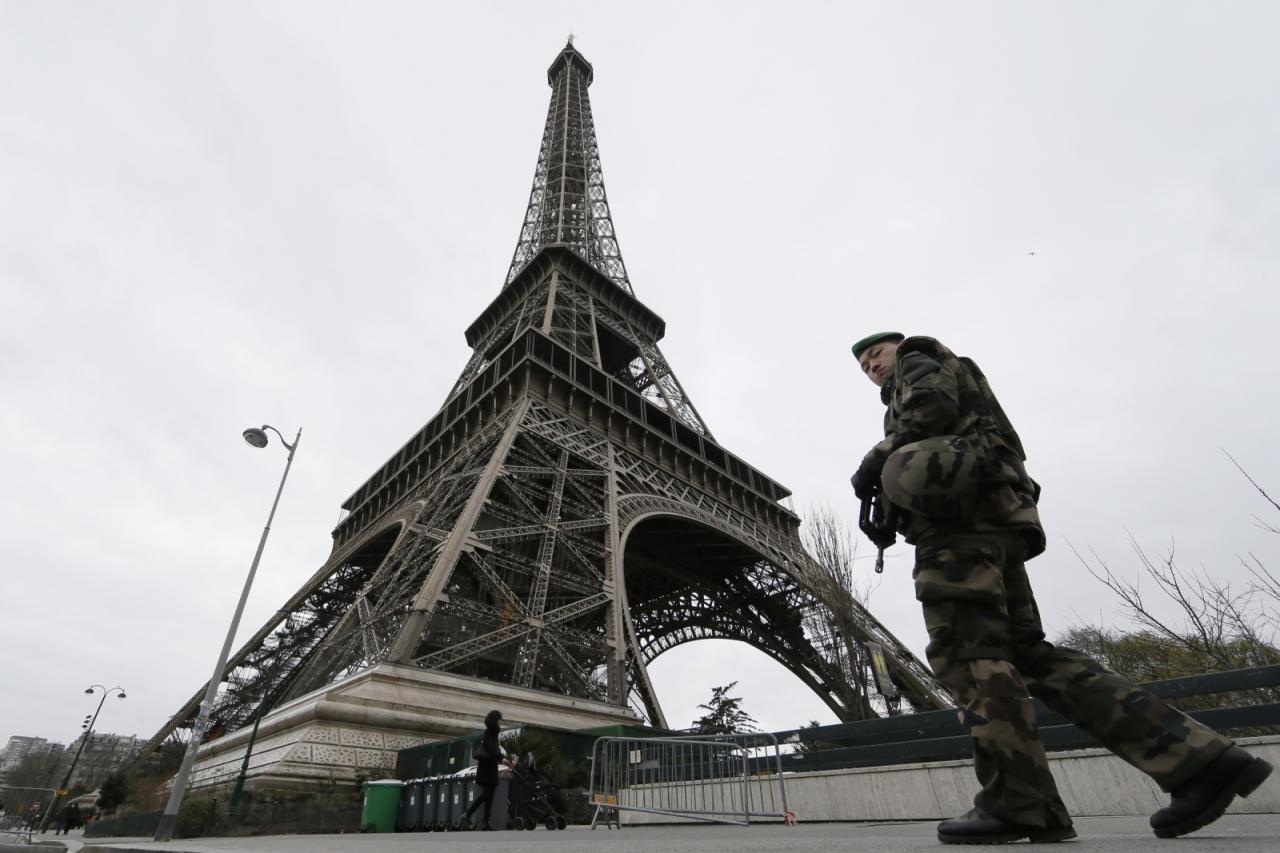
The mystery of the Paris drones remains unsolved, but our investigation has shed light on several key aspects. From the technical capabilities of the drones to the potential motives of their operators, we’ve explored a range of possibilities. The public response, the media coverage, and the security implications are all vital pieces of the puzzle. While definitive answers remain elusive, the continued investigation and analysis of future sightings may one day unravel this intriguing enigma above the City of Lights.
Clarifying Questions: Mystery Drone Paris
What types of cameras might these drones possess?
Potentially high-resolution cameras, thermal imaging, or even more advanced sensors depending on the drone’s purpose.
Could these drones be linked to other incidents?
That’s a key question under investigation. Authorities are likely examining links to other suspicious activities or security breaches.
What is the range of a typical drone that could operate in Paris?
It varies widely depending on the model, but some could potentially cover a significant portion of the city.
What are some potential security measures to prevent future incidents?
Enhanced drone detection systems, restricted airspace zones, and improved counter-drone technologies are all potential solutions.
